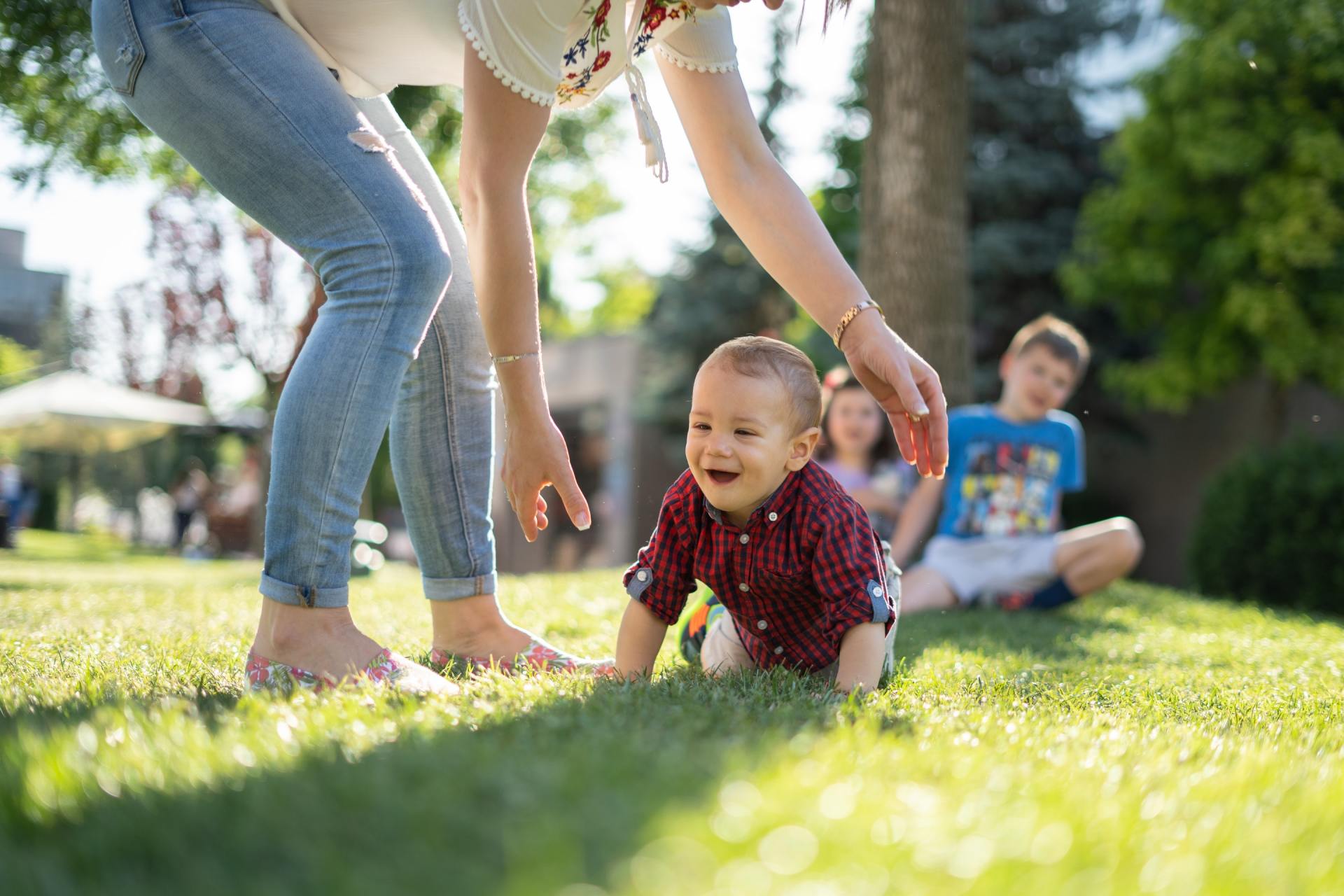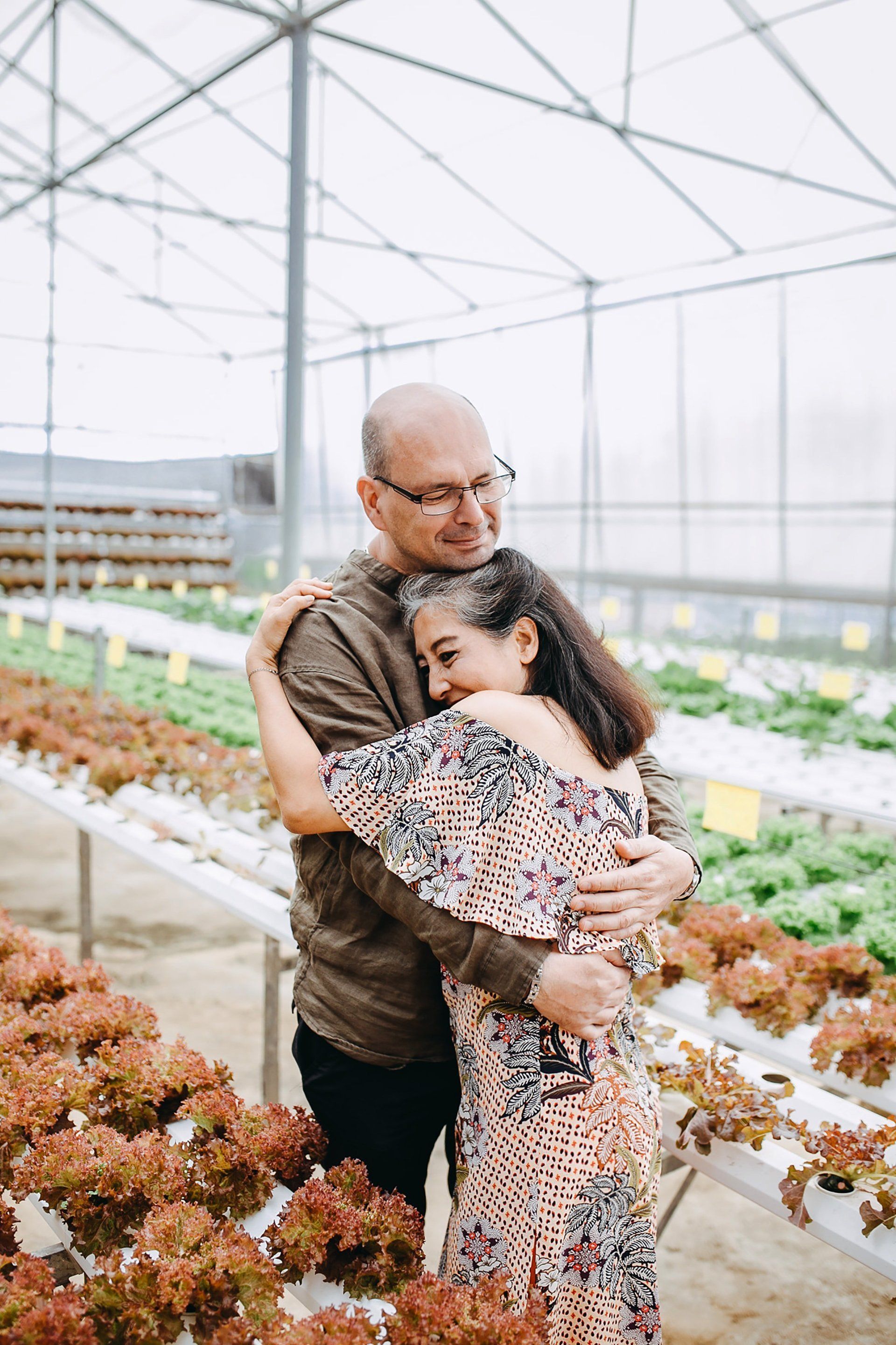This leads me to one of the biggest trends in landscape design for 2023: a focus on sustainability. With more and more people becoming aware of the impact of human activity on the environment, there is a growing interest in creating outdoor spaces that are not only beautiful but also eco-friendly. There is a growing shift away from the manicured toward the wild and naturalistic styles. Going native saves water, increases our natural biodiversity, attracts native birds, and helps to connect us to the
natural world.
Historically, hard landscaping, evergreens, and shrubs have provided a backbone for more fluid plantings of perennials and annuals, but the modern urban backyard embraces a more organic flow of drifts of plants, self-seeded surprises with ground cover planting to minimise maintenance.
Going native can also help reduce maintenance, and using plants that are drought-resistant and require minimal watering or incorporating hardscaping elements, such as gravel or mulch, to reduce the need for regular weeding.
We are looking to reconnect to nature more, and the garden is the obvious place to do this. There is a real shift from the more formal garden styles we have seen, such as the Hamptons Movement, and a desire for more natural settings where plants can sprawl and self-seed.
To the above, we can certainly add the Kitchen Garden. I think every one of my clients is looking to grow their own produce in some form or another. This is all part of the desire to reconnect to nature and to have a productive garden with produce-to-plate benefits.
If we take of this and amalgamating these trends, I see the emergence of a new, stylised cottage garden. Traditionally, the cottage garden comprised a delightful mixture of colourful flowers, a vegetable plot, a herb garden, and perhaps some chickens on a rough patch of grass – all great for biodiversity and insect life. The 21st-century cottage garden does all this and more, increasing biodiversity by introducing different planting zones, from a nutrient-poor gravel area to mixed beds, from a mini-meadow to a compost-rich vegetable plot. Productive, colourful, and uplifting, this type of garden works as well for insects and wildlife as it does for you.
So, there you have it. Terracotta is back, sustainability is in, and the cottage garden is making a grand return – a horticultural renaissance for the ages! Get ready to embrace the warm, earthy tones of terracotta and watch your garden go wild with eco-friendliness.
Visit Clark+Granger at www.cplusg.com.au or phone 0456 111 120 to find out more.
MORE SCENIC NEWS
-
A NEW CHAPTER FOR WOLVES BASKETBALL
Mar 28, 2024ButtonAs the sun sets on an incredible experience, it's time for me, Adam Chanter, to say farewell as the Pre...
-
COMMUNITY CAMERA ALLIANCE – YOUR CHANCE TO HELP
Mar 28, 2024ButtonIt's essential for community members to remain vigilant and take steps to safeguard their properties and vehicle...
-
GRAND OPTIONS CATER TO MOST NEEDS AND TASTES
Mar 28, 2024ButtonFor weddings, services can be held in The Old Church, which stands as a proud member of architecturally sig...
-
GALLERY’S $30,000 MAJOR ART AWARD RETURNS
Mar 28, 2024ButtonThe award, named after the sacred mountain which the Gallery overlooks, is open to artists living across the...
-
KERRI: AN HONOUR TO FILL THE ROLE FOR DIVISION 2
Mar 28, 2024ButtonDuring the pre-poll part of the campaign, I was very grateful for the opportunity to be able to meet an...
-
ANNE HOITINK – APRIL 2, 1945 – MARCH 15, 2024
Mar 28, 2024ButtonMigrated to Australia on 29 November 1952, aged 7 years. Going directly to the suburb of Reid in Canber...
-
GREAT SUCCESS FOR LITTLE ATHLETES
Mar 28, 2024ButtonRuby, Lily, Talia, Torah, Hugo, Leiawyn, Aric, Dean, Mitchell, Harvey and Noa; you all should be so proud ...
-
DO HOP IN FOR A NEW MONTE LUPO EXHIBITION
Mar 28, 2024ButtonMonte Lupo was established by Multicap in 1991 to provide meaningful employment to people living with di...
-
THIS TIME, IT REALLY DOES MATTER – HAVE YOUR SAY
Mar 14, 2024ButtonPaul Williams, a political scientist from Griffith University, offers insights into the “candidate scarcity...
-
BREACH OF CODE: RULING ON MAYOR CHRISTENSEN RAISES MORE VOTER CONCERNS ON ELECTION EVE
Mar 14, 2024ButtonAdditionally, Christensen is to bear his legal costs, with a warning that any future infractions will be classifie...
LOCAL BUSINESS
COLUMNS
-
Beauty & Wellness
ButtonWriter: Rebecca Mander - Naturally Cos
-
Community Care
ButtonWriter: Geoff Marshall
-
Embrace
ButtonWriter: Jaap Vogel
-
Food for Thought
ButtonWriter: Dylan Gittoes
-
Hooked on Books
ButtonWriter: Friends of TM Library
-
Living with Dogs
ButtonWriter: Pam Brandis (Dip. Canine Prac.)
-
Nature Notes
ButtonWriter: Nadia O’Carroll
-
Pastor Kim
ButtonWriter: Pastor Kim Dale
-
Physio Talk
ButtonWriter: Neil Bell (Tamborine Mountain Physique)
-
Police News
ButtonWriter: Sgt Mark Shields
Officer in Charge
North Tamborine Police
-
Politics
ButtonWriter: Local Councillors and Representatives
-
Relationships
ButtonWriter: Linda Gray
-
The Mtn Midwife
ButtonWriter: Bree Lowing (Registered Midwife)
-
Travelling Places
ButtonWriter: Travelling Places Tamborine Mtn
-
Wine chat
ButtonWriter: Imogen Mulcahy
-
Yoga Under the Bodhi Tree
ButtonWriter: Margot Wagner
Your Local Paper
to read, keep & share

Your Local Paper
to read, keep & share
CONTACT
PO Box 118, North Tamborine Qld 4272
Phone: 0407 671 286
Email:
news@tmnews.com.au
ads@tmnews.com.au
Design by BjornSchmal.com


















